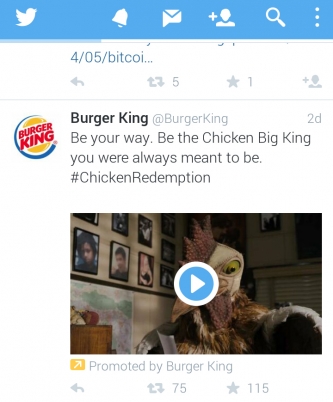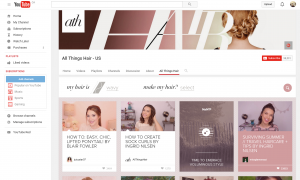As social media grows and new innovative features arise to help keep users on their platforms, many marketers will face both praises but also challengers and scrutiny for their decisions. One clever example is that of Facebook’s Safety Check. As the platform loses traction from its aging target demographic toward other platforms (Instagram and Snapchat), Facebook is looking to leverage supplementary features and turn them into a core of their product. By doing so, users will be drawn and maintained within the platform.

Praises from its safety check feature have been applauded as it helped notify loved one of an individual’s safety from natural disasters. Turning Facebook into a go to place for solace during the earthquake in Nepal, hurricane Patricia and other natural disasters. A challenge for Facebook, as safety check grows and becomes a social norm, is to be attentive and responsive as it takes on this new duty; which on Friday November the 13th, it was scrutinized for turning the feature on for Paris and not for Beirut’s bombing. Facebook handled the PR situation splendidly. Founder and CEO Zuckerberg issued a personal response and a corporate response was given explaining that safety check for Paris was their first-time test run, there was a need that was not being solved, and unlike natural disasters, turning on safety check for wars or epidemics could be ineffective as the harm is continuous compared to a natural disasters.
Further Readings:
– Zuckerberg: Facebook will use safety check for ‘more human disasters’
– Safety Check: How it works
 Twitter does a great work with incorporating native ads into its platform. With a simple “promoted” tag, the tweets, trending hashtags, and suggested channels are incorporated in the twitter feeds of its users. Moreover third party resources such as MoPub allow marketers to strategically coordinate the time and repetitive cycle of the promoted ads. This further functionalities help ensure that the user experience is not overcrowded with ads. Most importantly, it allows marketers to place content where users are actively playing attention to and providing content that is aimed to enhance the user experience versus diminish it.
Twitter does a great work with incorporating native ads into its platform. With a simple “promoted” tag, the tweets, trending hashtags, and suggested channels are incorporated in the twitter feeds of its users. Moreover third party resources such as MoPub allow marketers to strategically coordinate the time and repetitive cycle of the promoted ads. This further functionalities help ensure that the user experience is not overcrowded with ads. Most importantly, it allows marketers to place content where users are actively playing attention to and providing content that is aimed to enhance the user experience versus diminish it.
 Which many brands have hastily picked up already, but one in particular that I would like to put on the spotlight is HootSuite. In regards to content marketing, HootSuite does a great job in stirring the focus away from directly selling its social media management system, but rather seeks to provide the value that its target consumers are looking for – how to become better social media experts. Of course, HootSuite weaves its product and services into the articles and up-sells its product as an complimentary enabling tool to that tips and insights that the brand provides.
Which many brands have hastily picked up already, but one in particular that I would like to put on the spotlight is HootSuite. In regards to content marketing, HootSuite does a great job in stirring the focus away from directly selling its social media management system, but rather seeks to provide the value that its target consumers are looking for – how to become better social media experts. Of course, HootSuite weaves its product and services into the articles and up-sells its product as an complimentary enabling tool to that tips and insights that the brand provides.
 Unilever, has done a great job generating content through crowdsourcing. It’s YouTube channel
Unilever, has done a great job generating content through crowdsourcing. It’s YouTube channel